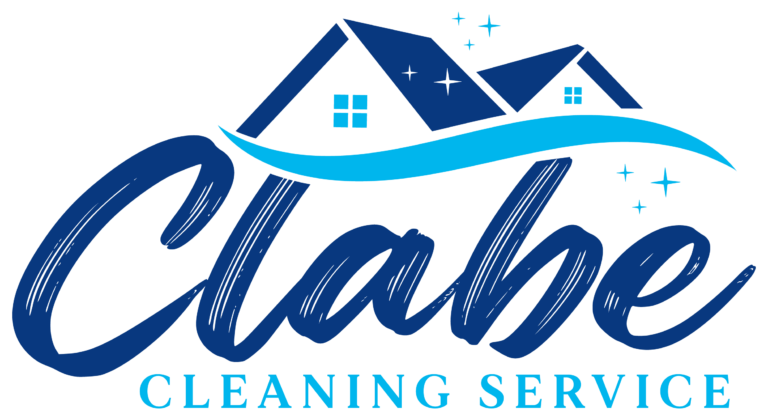Orthostatic high blood pressure is a condition identified by an abrupt increase in blood pressure when a person shifts from resting or resting to an upright placement. This sensation, also known as postural high blood pressure, can priapus bring about numerous health and wellness problems if left unmanaged. In this write-up, we will look into the reasons, signs, and treatment alternatives for orthostatic hypertension.
Causes of Orthostatic High Blood Pressure
Orthostatic high blood pressure can arise due to a wide range of variables. It commonly happens as a result of disorder in the autonomic nerve system, which manages high blood pressure as well as heart rate. Some underlying sources of orthostatic high blood pressure include:
- Endocrine problems, such as diabetes biodermalix mellitus or adrenal lack
- Certain medicines, consisting of antihypertensives or alpha-blockers
- Dehydration or fluid loss
- Cardiovascular diseases, such as congestive heart failure or heart valve problems
- Neurological conditions, including Parkinson’s condition or several system degeneration
- Anemia or low red cell matter
It is necessary to identify the underlying cause of orthostatic hypertension as it can assist therapy and management methods.
Symptoms of Orthostatic Hypertension
Orthostatic hypertension provides with a variety of signs that may vary in intensity from person to person. These signs and symptoms generally occur within a couple of mins of standing up as well as may include:
- Wooziness or impaired thinking
- Really feeling pale or losing consciousness
- Headache
- Obscured vision
- Shortness of breath
- Palpitations or quick heart price
In severe situations, orthostatic hypertension can cause drops and injuries. As a result, it is essential to seek clinical interest if you experience any of these symptoms.
Medical diagnosis and also Therapy
Identifying orthostatic high blood pressure includes the dimension of blood pressure in different placements. A healthcare professional may carry out a tilt table examination, where the client’s blood pressure is kept an eye on while they are tilted at numerous angles. This assists establish the extent of blood pressure changes as well as validates the medical diagnosis of orthostatic high blood pressure.
Treatment for orthostatic hypertension focuses on handling the underlying cause and also easing symptoms. Some usual approaches consist of:
- Adjusting medicines: If certain medicines are contributing to orthostatic hypertension, a doctor might change the dose or button to alternate drugs.
- Boosting liquid and also salt intake: Appropriate hydration and also enhanced salt intake can aid stabilize high blood pressure degrees.
- Utilizing compression stockings: These stockings use mild pressure to the legs, which aids in blood circulation as well as avoids blood merging in the reduced extremities.
- Physical counterpressure maneuvers: Strategies like leg going across, squatting, or tensing leg muscular tissues can help elevate blood pressure.
- Exercise and also lifestyle alterations: Regular physical activity, preventing abrupt setting modifications, and also keeping a well balanced diet plan can positively impact high blood pressure law.
- Drugs: In serious cases, medicine to boost blood volume or boost blood circulation might be prescribed.
Prevention and also Diagnosis
Stopping orthostatic hypertension includes preserving healthy way of living behaviors. This consists of remaining hydrated, preventing extreme alcohol intake, and also exercising routine workout. Additionally, following a well balanced diet and managing underlying clinical conditions can help protect against the start or progression of orthostatic hypertension.
The prognosis for people with orthostatic high blood pressure differs depending on the underlying cause and monitoring strategies. With appropriate diagnosis and treatment, most individuals can properly regulate their high blood pressure and also decrease the influence of signs on day-to-day live.
Conclusion
Orthostatic high blood pressure is a problem defined by an abrupt rise in blood pressure upon standing. It can be brought on by numerous factors, including endocrine disorders, medications, or heart diseases. The symptoms frequently include dizziness, fainting, as well as palpitations. Medical diagnosis involves blood pressure monitoring in various placements, as well as therapy concentrates on attending to the underlying cause, handling signs, and also making way of life adjustments. By adhering to ideal therapy strategies as well as embracing healthy practices, people with orthostatic hypertension can effectively handle their condition and also enhance their overall quality of life.


